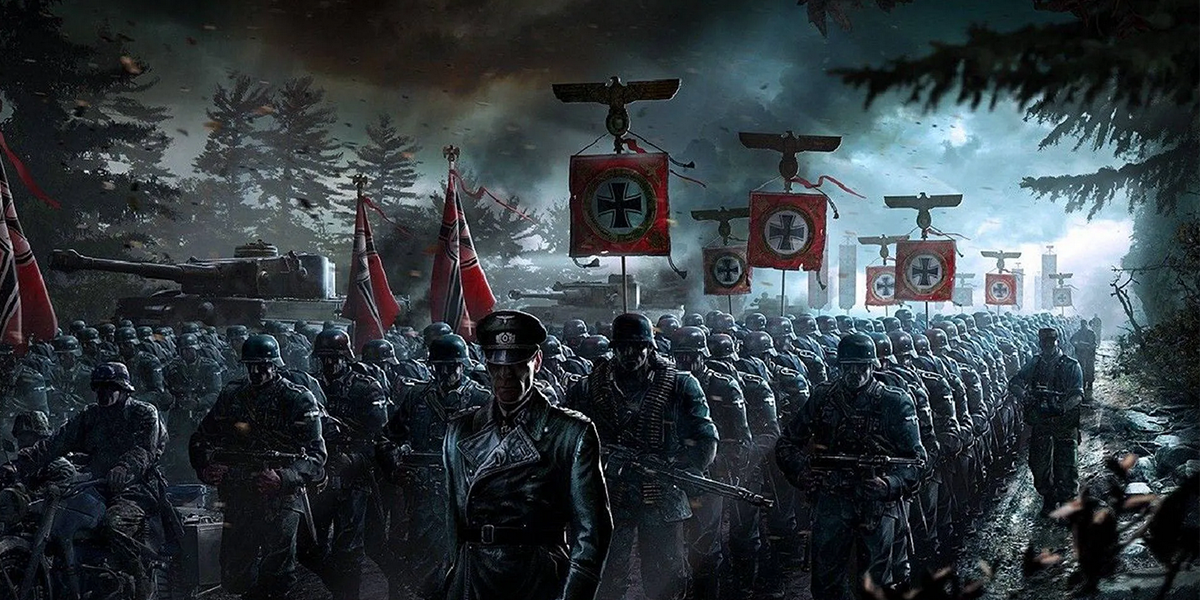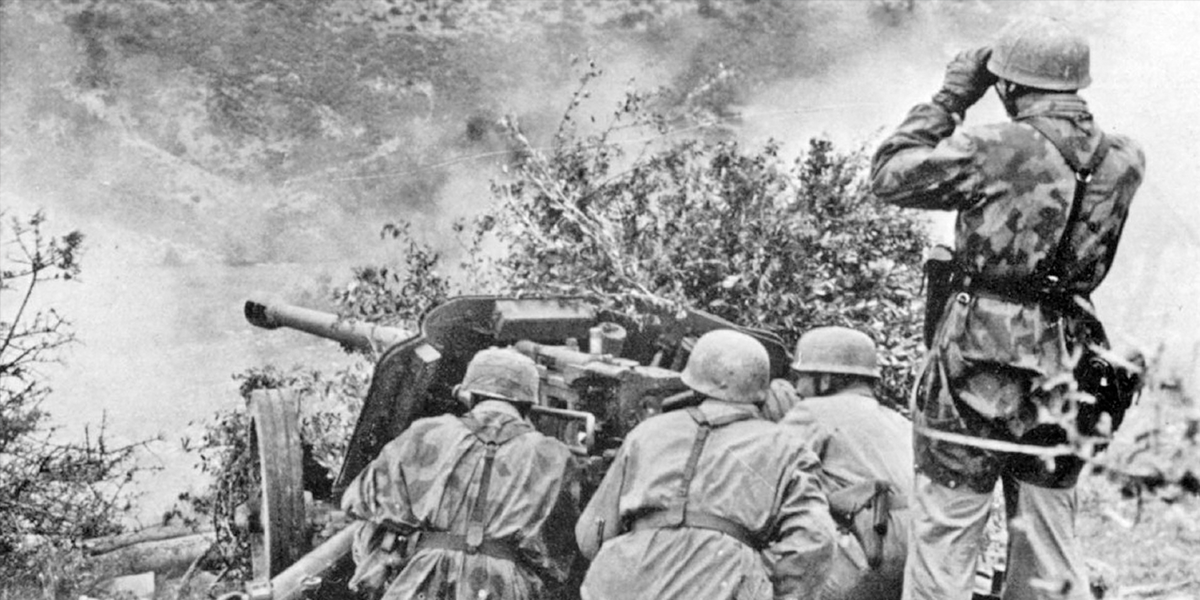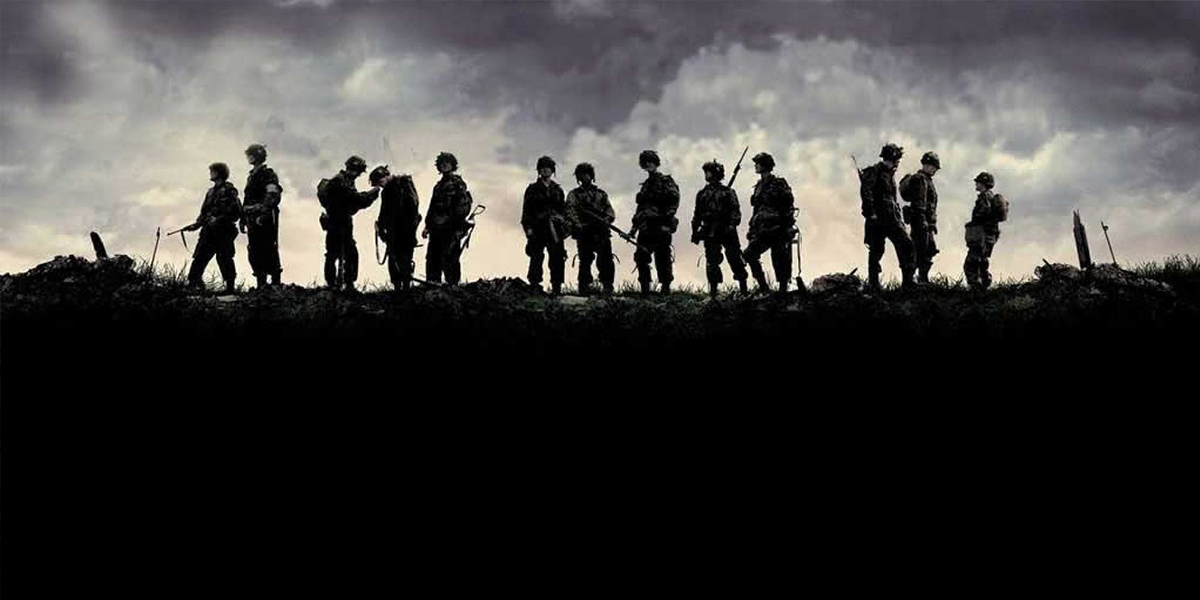World War II, which lasted from 1939 to 1945, was the most extensive and deadliest conflict in human history. Engulfing virtually every part of the globe, it pitted the Allies — primarily the United States, the Soviet Union, the United Kingdom, and China — against the Axis powers — primarily Germany, Italy, and Japan. This war reshaped international relations, accelerated technological advancements, and profoundly altered the course of history.

The roots of World War II can be traced back to the unresolved issues of World War I and the Treaty of Versailles, which imposed punitive measures on Germany. Key factors contributing to the outbreak of the conflict include:
- Treaty of Versailles: The harsh terms of the treaty created deep resentment in Germany, fostering a desire for revenge and territorial revision.
- Economic Instability: The Great Depression of the 1930s exacerbated economic conditions worldwide, leading to political instability and the rise of totalitarian regimes.
- Rise of Totalitarianism: Leaders like Adolf Hitler in Germany, Benito Mussolini in Italy, and militaristic leaders in Japan pursued aggressive expansionist policies.
- Appeasement: The policy of appeasement adopted by European powers allowed Axis powers to gain strength unchecked, as seen in events like the annexation of Austria and the Munich Agreement permitting the German occupation of the Sudetenland.

The Outbreak of War
The war began on September 1, 1939, when Germany invaded Poland, prompting Britain and France to declare war on Germany. This initial invasion set off a chain reaction of military engagements across Europe and beyond.
European Theater- Blitzkrieg: Germany employed a new tactic known as “blitzkrieg” or lightning war, characterized by rapid, coordinated attacks using infantry, tanks, and air power. This strategy led to quick victories in Poland, Norway, Denmark, Belgium, the Netherlands, and France.
- Battle of Britain: In 1940, Germany launched an air assault on Britain, known as the Battle of Britain. The Royal Air Force successfully defended the UK, marking the first major defeat for Germany.
- Eastern Front: In 1941, Germany invaded the Soviet Union in Operation Barbarossa. Despite initial successes, the harsh winter and fierce Soviet resistance halted the advance. The battles of Stalingrad and Kursk became turning points, leading to the eventual Soviet push westward.
- Japanese Expansion: Japan sought to dominate Asia and the Pacific, invading China in the 1930s and subsequently attacking Southeast Asia and the Pacific islands.
- Pearl Harbor: On December 7, 1941, Japan attacked the US naval base at Pearl Harbor, Hawaii, bringing the United States into the war.
- Island Hopping: The US adopted an “island-hopping” strategy to regain control of the Pacific, leading to critical battles such as Midway, Guadalcanal, and Iwo Jima.
Turning Points
Several key events shifted the momentum of the war:
- El Alamein: The Allied victory in North Africa in 1942 prevented Axis control of the Suez Canal and the Middle Eastern oil fields.
- D-Day: On June 6, 1944, the Allies launched a massive invasion of Nazi-occupied France. Known as D-Day, this operation marked the beginning of the end for Nazi Germany as Allied forces advanced towards Germany from the west.
- Atomic Bombings: In August 1945, the United States dropped atomic bombs on the Japanese cities of Hiroshima and Nagasaki. Facing inevitable defeat and further devastation, Japan surrendered, effectively ending the war.
Aftermath and Consequences
The aftermath of World War II had far-reaching consequences:
- Human Cost: The war caused an estimated 70–85 million deaths, including six million Jews killed in the Holocaust. The civilian population suffered immensely from bombings, massacres, and genocides.
- United Nations: In an effort to prevent future global conflicts, the United Nations was established in 1945 to promote international cooperation and peacekeeping.
- Cold War: The war’s end saw the emergence of the United States and the Soviet Union as superpowers, leading to the Cold War — a period of geopolitical tension and competition that lasted until 1991.
- Decolonization: The war weakened European colonial powers, accelerating the process of decolonization and the emergence of new nations in Asia, Africa, and the Middle East.
- Economic Reconstruction: The Marshall Plan, initiated by the United States, provided substantial financial aid to rebuild war-torn Europe, laying the foundation for modern economic growth and integration in the West.
Technological and Social Impact
World War II spurred significant technological advancements, including radar, jet engines, and nuclear technology. It also had profound social impacts, including the movement of women into the workforce and the beginning of the civil rights movement in the United States.

World War II was a watershed moment in history that reshaped the modern world. Its legacy is evident in today’s geopolitical landscape, technological advancements, and social changes. Remembering this conflict serves as a reminder of the horrors of war and the enduring importance of striving for peace and international cooperation.



